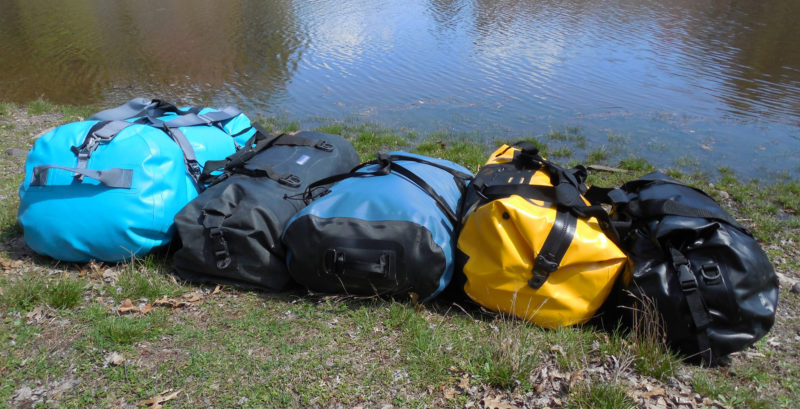 Tom Pamperin
Tom PamperinFrom left: The NRS Expedition DriDuffel, the Watershed Yukon, the SealLine Zip, the Ortlieb Duffle, and the Seattle Sports Nav Duffel.
In small boats, space is limited so it’s important to have good ways to stow gear. Many of today’s open boats have buoyancy chambers that can double as watertight storage space, but it can be awkward to stuff gear through small hatches and even more awkward to pull it out. Compartments at the ends of the boat put the weight where it will make the boat less nimble in a seaway.
I prefer to store the bulk of my gear in waterproof duffels lashed securely near the center of the boat. They offer better access to the contents and additional buoyancy if the boat gets swamped, especially if inflated with air after packing. At the end of a long day, I find it far more convenient to pull one big dry bag from under a thwart, carry it ashore, and sort through my gear in camp than it is to manage several small dry bags. Duffel dry bags have long side openings and are easier to pack and unpack than top-loading dry bags.
The five waterproof duffels here are all well-built and made of tough, high quality materials. I evaluated them for ease of use and tested them for waterproofness by submerging each bag at a depth of 3′ for 10 minutes.
Expedition DriDuffel from NRS
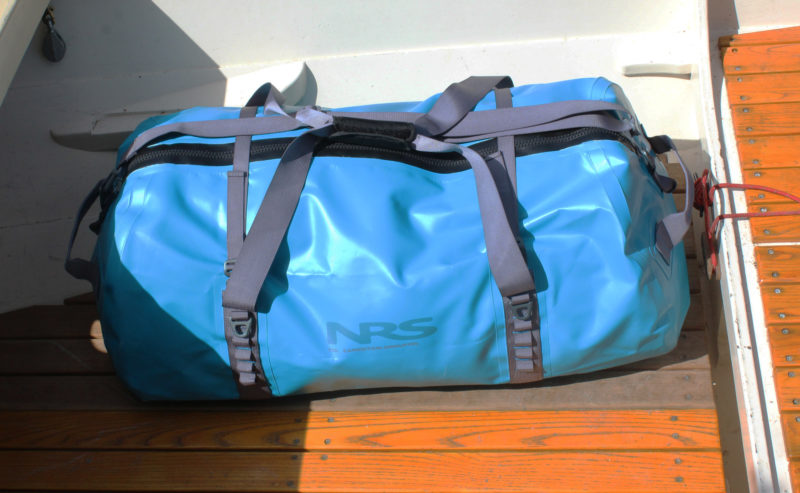 SBM
SBM.
The NRS Expedition DriDuffel has webbing handles that wrap all the way around the bag, relieving the strain a heavy load would put on the fabric. Daisy chains on each side offer multiple tie-down points, and there are additional dedicated tie-down points on each end of the bag. A conventional handle and additional carrying handles on each end make this bag easy to carry for short distances. A shoulder strap is included for longer carries. The centerline Tizip zipper runs the full length of the bag and a little beyond, providing easy access for packing and unpacking. The zipper passed the immersion test and kept the duffel’s interior dry.
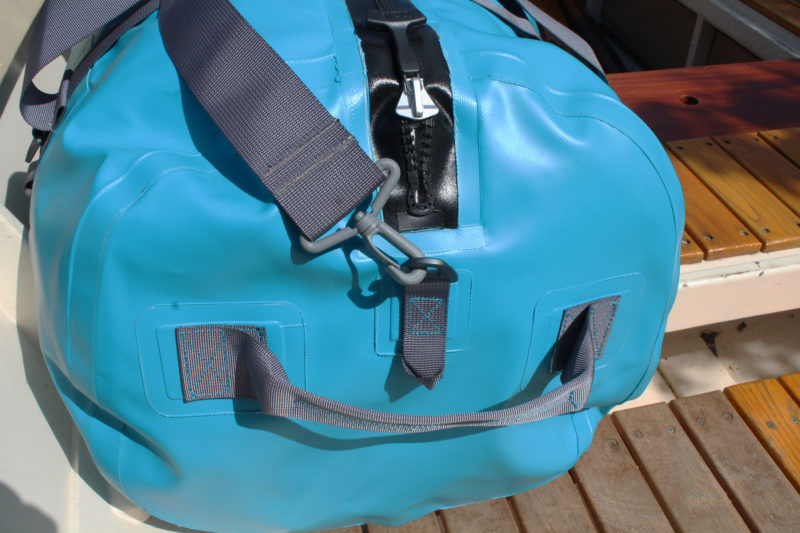 SBM
SBMThe Expedition DriDuffel has a waterproof Tizip zipper, a shoulder strap, and handles on each end.
A tube of lubrication for the zipper is included with the bag, as is a shoulder strap. The NRS Expedition Duffle is a little more expensive, but it is the toughest, burliest bag I tested and should last many years.
Yukon Duffel from Watershed
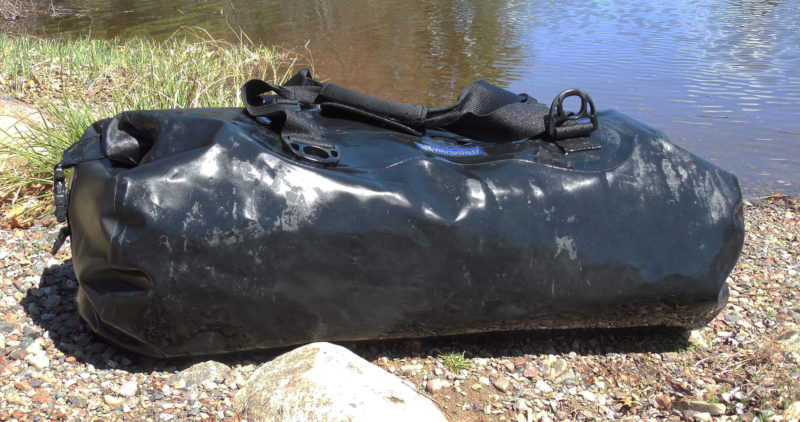 Tom Pamperin
Tom Pamperin.
Watershed’s Yukon Duffel was completely dry after the immersion test. The opening—a beefed-up zip-lock closure—runs the full length of the bag on the centerline, making it easy to pack and unpack. To open the Yukon, you pull the attached center loops with your thumbs and push with your fingers to bend the ZipDry in an S shape, which breaks the seal. The ZipDry needs to be kept free of sand and grit, and requires a little patience while closing to get a watertight seal. Watershed recommends 303 Aerospace Protectant as a lubricant, but a little saliva can serve in the field. The ZipDry seal is noticeably slower and fussier to close than waterproof zippers. If you need to access the contents of your bag frequently throughout the day, it’s probably best to choose a zippered bag.
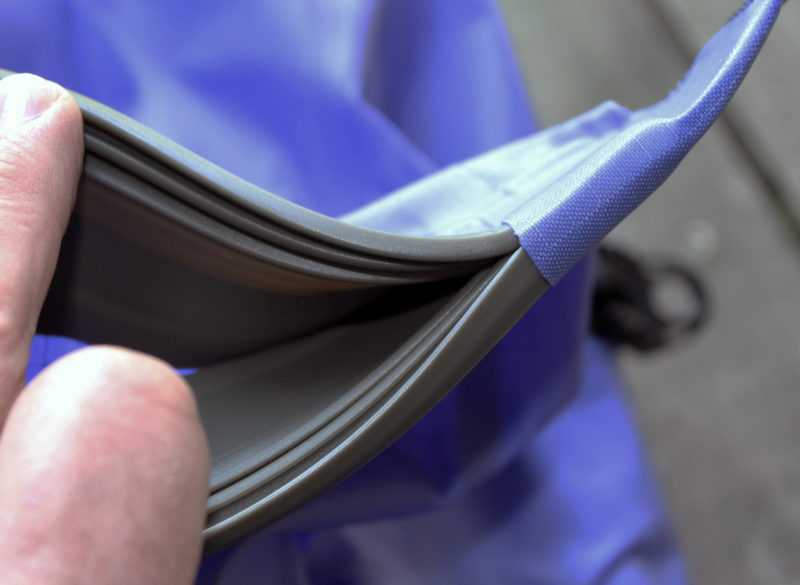 SBM
SBMThe ZipDry has interlocking flanges that assure a waterproof seal.
The webbing handles make the bag easy enough to carry from boat to beach, but the optional shoulder strap helps for longer hauls. I’ve owned the Yukon for five years and made two month-long whitewater trips through the Grand Canyon with it. I have complete confidence in my Watershed bags, and they have never leaked, even after near-disastrous runs through Lava Falls.
Zip Waterproof Duffle from SealLine
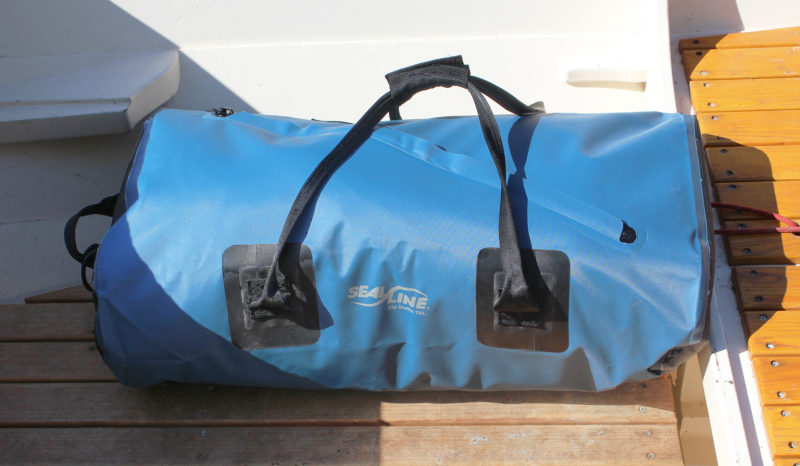 SBM
SBM.
The SealLine Zip Waterproof Duffle has a submersible YKK zipper set at a diagonal and protected by a fabric flap. The zipper is not as long as the zippers on the other duffels and access is a little less convenient, but it kept the Zip dry in the immersion test. There are no special tie-downs, but the handles on the ends of the bag can be used for securing it aboard. With its clean design, compact oval shape, and handles on each end, the Zip was the easiest to carry. No shoulder strap is included, though there are D-rings on the ends of the bag to take one.
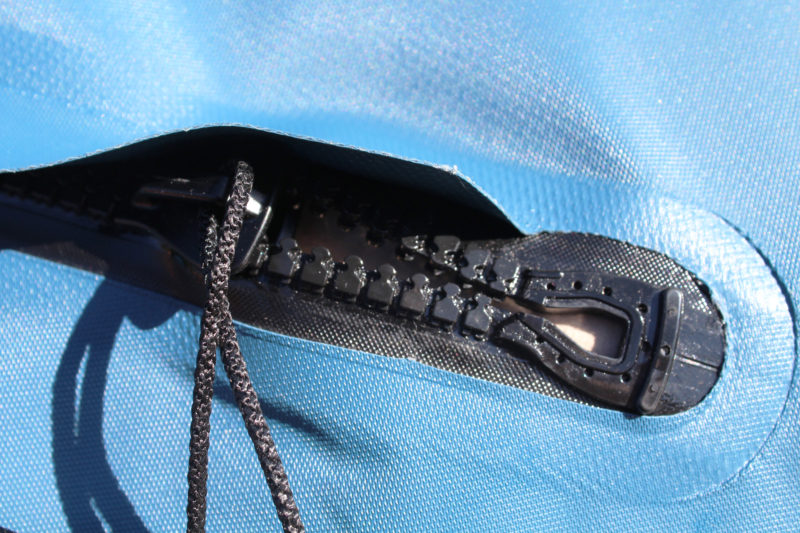 SBM
SBMThe SealLine Duffle has a YKK waterproof zipper.
The bag’s low-profile oval shape makes it particularly well suited for stowing under a low thwart or bench aboard a small boat. I really liked the Zip, and depending on where you plan to stow a bag aboard your boat, it offers a good fit for tight spaces.
Waterproof Duffle from Ortlieb
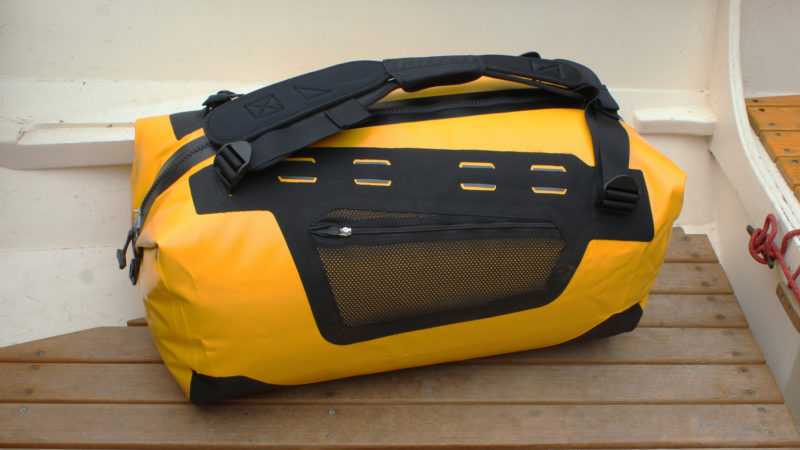 SBM
SBM.
Ortlieb’s Waterproof Duffle is made of tough, abrasion-resistant fabric that will stand up to the wear and tear of camp-cruising. There are three screw fittings at each end to fasten interior pockets and a lock-down for the zipper. I’m happier without “through-hull fittings,” but these attachments seem beefy and secure. Four slots for tie-down straps on each side of the bag offer snug, secure attachments. The long centerline Tizip zipper runs the entire length of the bag and partway onto the ends to create a wide opening for easy packing.
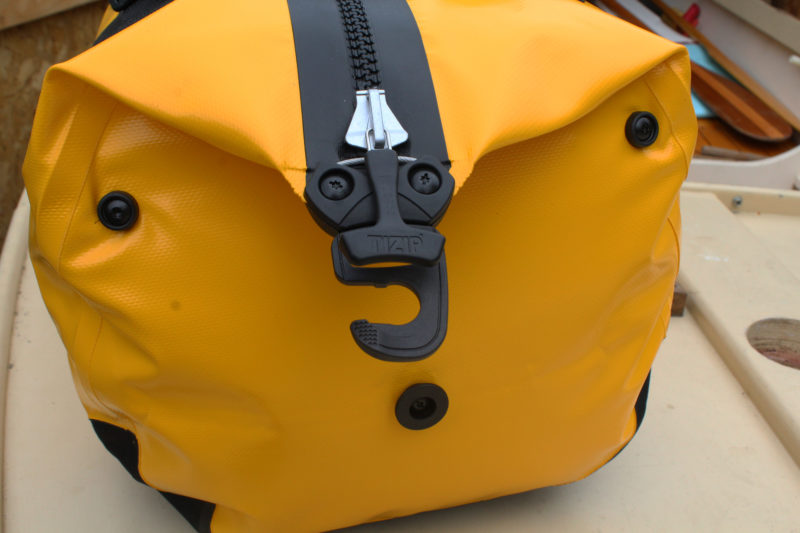 SBM
SBMThe Duffle has a cable under the zipper pull permits using a padlock to lock the zipper. The hook at the end of the zipper engages the button at the bottom of the duffel.
The Duffle has padded shoulder straps for use as a backpack, making it well suited for long-distance hauling. A Velcro handgrip fastens the shoulder straps together to form a standard duffel handle. There is an interior zippered pocket at each end of the bag for stowage of small, easily lost items such as keys, and one small exterior mesh zippered pocket. An interior compression strap helps hold gear more compactly and takes the strain off the zipper when closing over a full load. A cable loop at the end of the zipper makes it possible to padlock this bag shut.
Nav Duffel from Seattle Sports
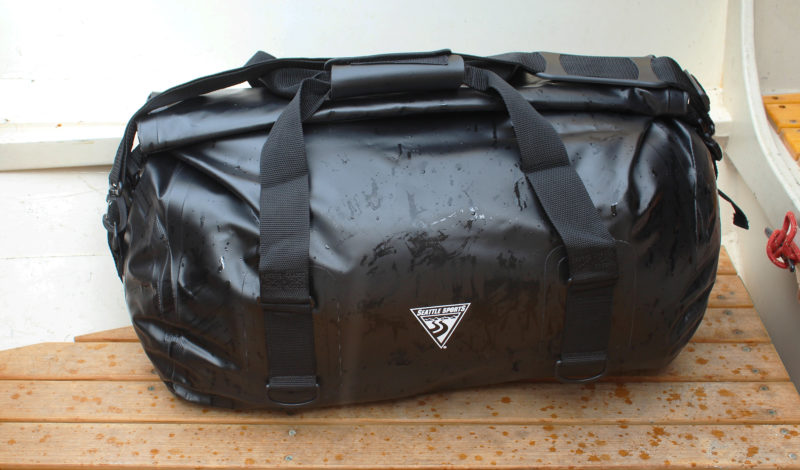 SBM
SBM.
The Nav Duffel from Seattle Sports has a wide mouth, short collar, and roll-top closure. Roll-top dry bags, particularly those with large openings and those made of heavy material, don’t offer a seal that can withstand full immersion. Pressure at depth pushes water around the folds and in though the ends, so I was not surprised to see some leakage after I subjected the Nav to a brief immersion. In normal use aboard a small boat, a dry bag isn’t going to be submerged unless the boat capsizes, so the Nav would be a fine choice as an affordable duffel to keep things dry in spray or rain. Electronics, cameras, or other gear susceptible to water damage merit more than one level of protection and I’d keep them in small, lightweight dry bags inside the Nav. The roll-top doesn’t require the same care and maintenance that zippers do and is unaffected by sand and grit. The roll-top closure is a little slower and less convenient to use than the zippers on some of the other bags, but would still work well for stowing things that you need access to throughout the day.
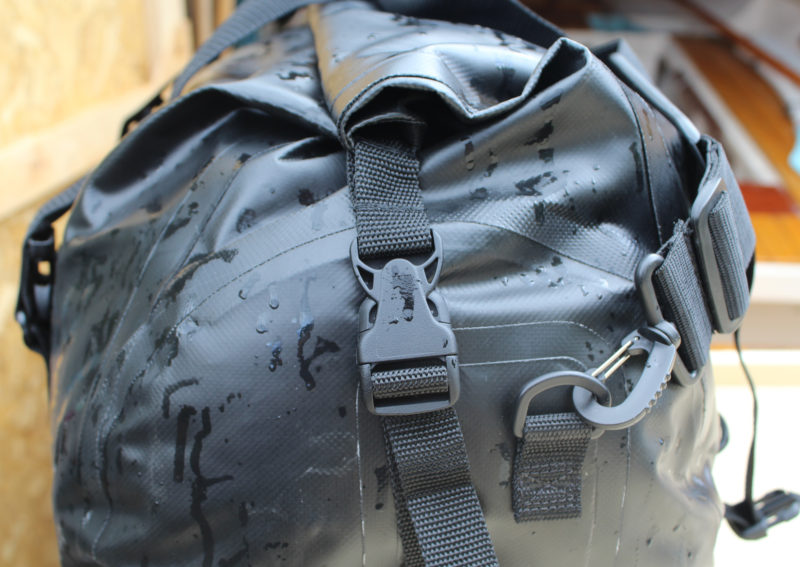 SBM
SBMThe ends of the duffel have buckles to secure the roll-down closure and D-rings for a shoulder strap.
Two plastic D-rings serve as tie-down attachments. It’s easy to carry this bag for short distances with the webbing handles. For longer carries, an adjustable shoulder strap is included. The padded portion of the shoulder strap is set up off-center and works very well with the bag slung over your shoulder vertically. This bag has an interior pocket with a Velcro closure for storing small items.
Any one of these duffels would serve very well for stowage aboard a small boat, and the variety provides options based on budget and individual requirements.![]()
Tom Pamperin is a freelance writer who lives in northwestern Wisconsin. He spends his summers cruising small boats throughout Wisconsin, the North Channel, and along the Texas coast. He is a frequent contributor to Small Boats Monthly and WoodenBoat.
NRS Expedition DriDuffel: 105 L (6400 cubic inches), 5 lbs 4 oz, 16″Dia x 32″L, $249.95. Options: 35 L, $179.95; 70 L, $199.95
Watershed Yukon Duffel: 70 L (6400 cubic inches), 3 lbs 2 oz, 14″H x 27″L x 13″W, $159. Options: purge/inflation valve, $25; shoulder strap, $12.
SealLine Zip Waterproof Duffle: 75L (4580 cubic inches), 2 lbs 10 oz, 17″H x 29″L x 10″W, $179.95. Options: 40 L, $159.95
Ortlieb Waterproof Duffle: 60 L (3661 cubic inches), 2 lbs 6 oz, 11.4″H x 22.8″L x 13.8″W, $180. Options: 40 L, $170; 85 L, $190; 110 L, $200
Seattle Sports Nav Duffel: 50 L (3051 cubic inches), 2 lbs 8 oz, 12.5″ Diameter x 24″ L, $99.95. Options: 125 L, $109.95
Is there a product that might be useful for boatbuilding, cruising or shore-side camping that you’d like us to review? Please email your suggestions.

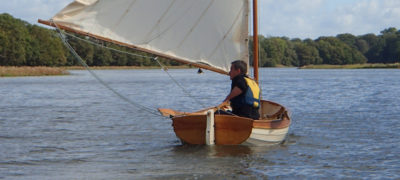
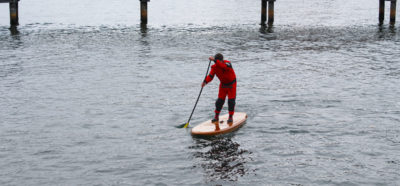


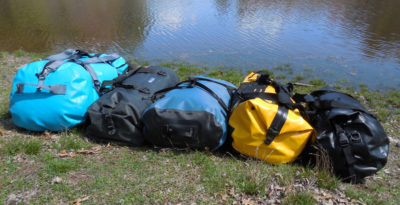
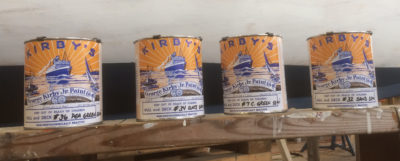
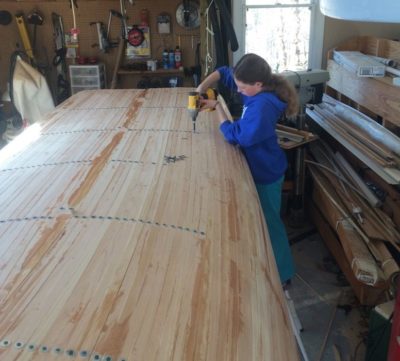
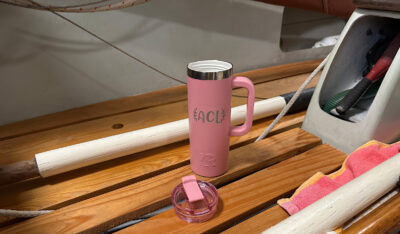

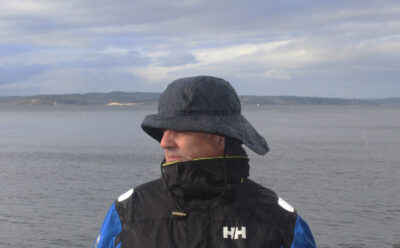

Does anyone on the East Coast in NYC know of a place that has all or most of these bags to compare what might be the best one for someone as all of our needs might be different?